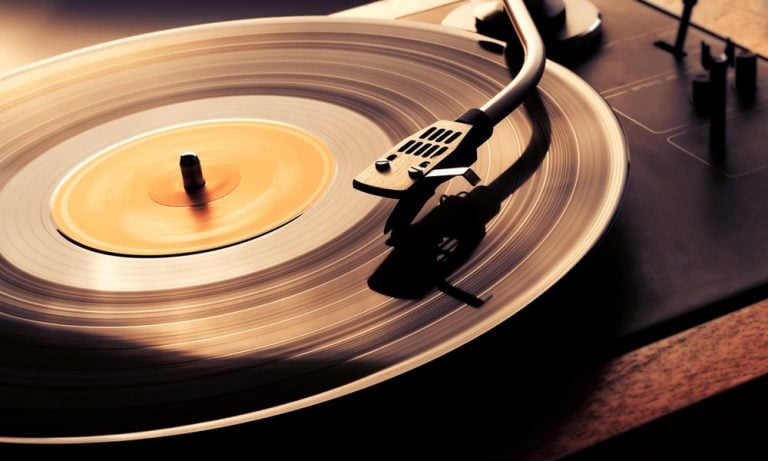A couple of years ago, Ringo’s personal copy of The Beatles (which just happened to be #0000001) sold for a whopping $920,000, so it might not be a bad idea to keep some of your rarer records in top condition. But if you want to, you know, play the things rather than keeping them sealed in a vault, it’s important to know how to keep them in good shape for as long as possible.
As some of us are avid vinyl nuts, we’ve put together a guide with some of our favourite tips on keeping your records happy, and getting the best sound from them as a result. From storing them properly and keeping them clean, to a couple of nifty additions to your turntable, you can end up with a record collection that sounds better than ever, and will last long enough to pass on to the grandkids for the next time vinyl becomes trendy.
Handling and cleaning your records
Have you ever winced as a friend has grabbed a CD out of the case as if it were a frisbee, getting fingers all over the smooth silver surface and leaving laser-blocking smudges all over them? It’s the same principle with vinyl records, except the grooves make things even more troublesome.
No matter how hard you try to only grab your records by the very edges, human hands are unfortunately some of the most naturally oily things on the face of the Earth, while records are simultaneously the most cumbersome music format t to handle. It’s inevitable you’ll end up with the occasional smear of oil across the face of one of your favourite albums, but as long as you’ve got something to get rid of the oils as soon as you can, it’s pretty easy to freshen them up again and prevent any lasting damage.
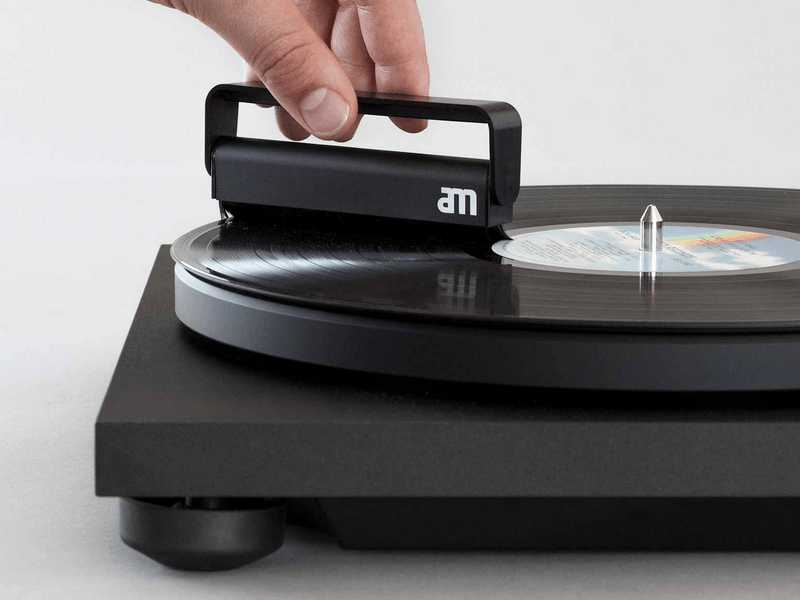
Yep, brushing your records is actually a good idea – just make sure you use the right sort of brush
Having a bottle of vinyl cleaning solution and a soft cloth on hand is always a good idea, but it should be something gentle, water-based, and properly-formulated to be used on vinyl – spraying your records with Windex is definitely not the way to go. Picking up a non-abrasive cleaning solution like this one and giving your vinyl some regular care will also leave the surface nice and smooth, helping to reduce wear on the stylus and of course the record itself.
Brushing your vinyl is another cleaning method that might sound like a risky idea at first, but is actually vital in getting rid of the dirt, dust and grit that flock to each record every time it comes out of its sleeve, improving the sound and prolonging its life – as long as you’re using the right sort of brush. Investing in a brush with carbon fibre bristles is the best option to slip through every groove without damaging them, and also gives you the benefit of ridding the vinyl of its static charge at the same time, helping to keep the dust from rushing right back over.
How to store your vinyl
While records were originally made of resin, they made the jump to polyvinyl chloride as they began to grow in popularity in the ’50s, and while the softer material meant that they were less prone to shattering into a hundred pieces, it also meant that not only would they wear out more easily and pick up more dust because of their natural static, but they’d also be more susceptible to warping over time. While a specially-designed record weight (we’ll get to this shortly) will help to mitigate the unpleasant effects of a record that’s already become a little warped, it’s best to prevent it from happening as much as possible.
For anyone who lives in a hot climate, this warping can be a real danger to your prized collection, and it’s important to keep your albums in as dry and temperate a climate as possible, as well as out of direct sunlight. Just remember though, it’s fluctuations in temperature that can warp records as much as the temperature itself. The only way to store vinyl records is sitting vertically on their edges rather than laying flat, as stacking them can contribute to the warping – save the lie down for when they’re on the turntable. Try to keep them in wooden containers rather than metal to avoid static build-up, and to insulate them as much as possible from changes in the temperature.
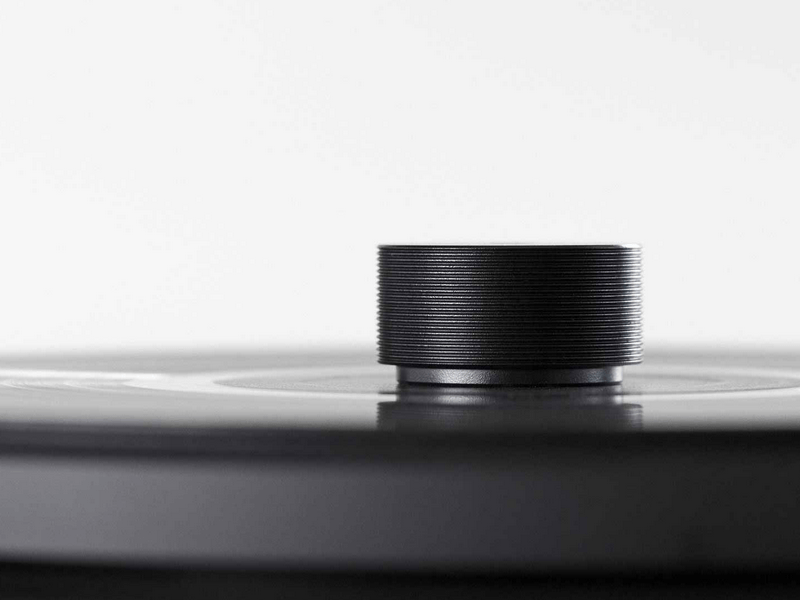
All records warp slightly, but using a nicely balanced record weight will help them play back more smoothly
Also, consider swapping out the paper inner-sleeves that they come packed in with some poly-lined replacements. While paper sleeves have been the default option for decades and replacing these may seem like overkill, they’re what your record will spend almost its entire life encased in, so it’s actually pretty important. The flimsy paper can cause relatively minor issues like the dust of the degrading paper crumbling into the grooves, or more serious ones like the glues leeching out of the sleeves and fogging the surface of the vinyl, so it’s a good investment to make for your more prized LPs considering replacement sleeves can be found cheaply online.
The good news (for vinyl collectors anyway) is that when properly taken care of, your records can last for centuries, whereas many CDs are already dying a slow death of ‘disc rot’ only decades on from their creation, despite plenty of advertising to the contrary.
Polyester Records have some… questionable tips for keeping your records cool.
Don’t neglect your setup
Like putting tyres on a car, the stylus isn’t always as exciting to think about as the turntable itself, but it’s important to remember that it’s the single point of contact between the turntable and your precious albums, so it’s important to get it right. You can find a quality brush quite cheaply to keep it clean and static-free, and use a specially-formulated stylus cleaning solution (which looks a bit like mascara) to make sure your stylus is giving you the best sound it can, while also keeping things nice and gentle on the grooves.
It may seem like a minor part of the setup, but investing in a proper mat for your turntable helps to minimise crackle and hiss by eliminating static, while also cutting down on stray vibrations and slippage to bring the recording quality to the forefront. A mat like this one is made of a special carbon fiber felt to reduce static as much as possible, but thankfully they won’t break the bank, giving you a noticeable boost to sound quality with a relatively pain free upgrade.
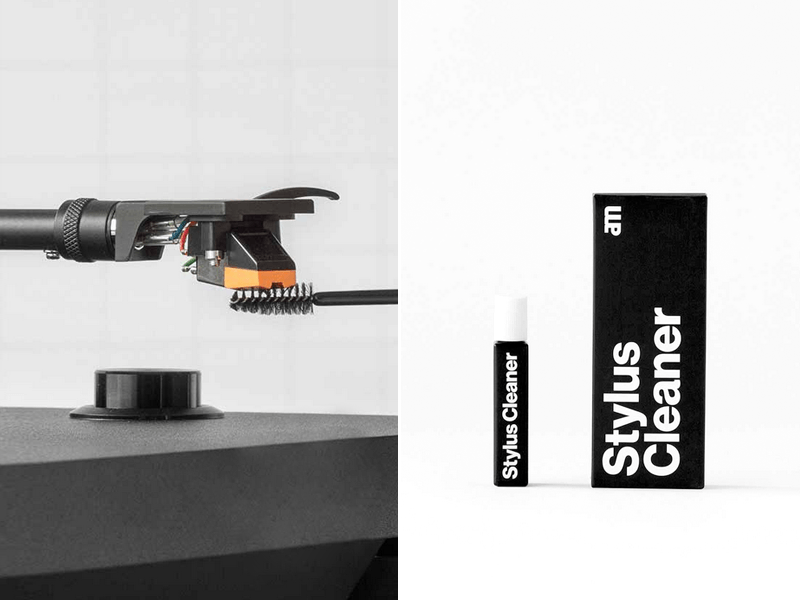
Giving your records a proper clean will get you better sound, and protect your records in the process
Another good trick for helping to protect your records from the looming stylus that is at once their raison d’etre, but also their eventual downfall, is to pick up a specially-designed record weight. By popping one of these onto the surface of the record before playing, you’ll be able to keep it extra stable as it spins, helping the needle to slide through the grooves as smoothly and gently as possible.
Better yet, it helps to level out rotation speed to improve sound quality, so if you’ve got a few records that have already succumbed to slight warping, a record weight will go a long way to smoothing over the imperfections. A good option is a balanced solid steel unit like this one, which aside from looking slick, has the added benefit of acting as a centrepiece for singles.
Speaking of weight, one of the most important steps in taking care of your records is to have your tonearm properly balanced, to protect not only the needle, but your precious records. The method of adjusting the tracking weight varies between turntables, but if the weight pressing the stylus to the record is too low, it can be prone to jumping and causing serious damage. On the other hand, while it’s better to be slightly too heavy than too light, the pressure of excessive weight will wear through the grooves over time, while also failing to track the grooves properly, causing distortion.
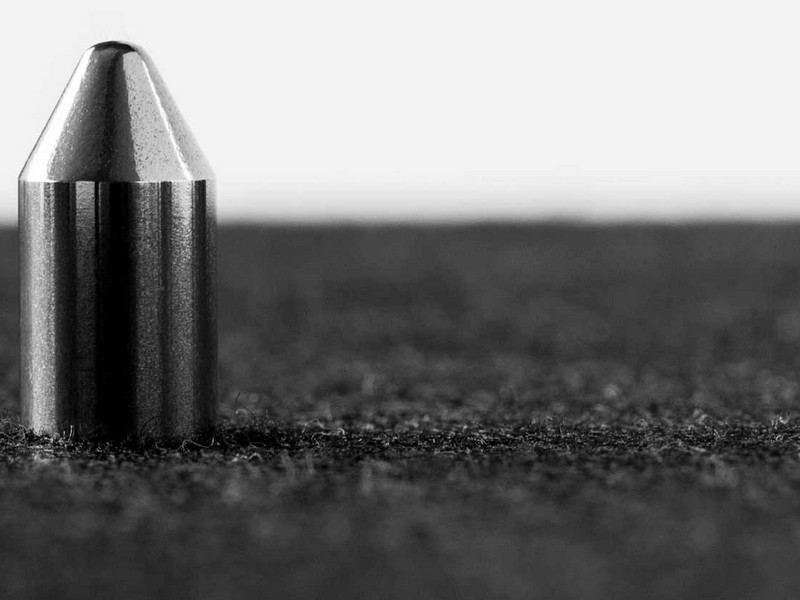
The surface your record is sitting on has a big impact on sound, so a high quality mat is a good idea
There are entire guides online to help you set the right tracking weight and dial in the proper settings, but a general rule is to make sure you know the recommended weight range for your model of turntable, and stick to the middle as much as you can. For instance, if the recommended range is 1.6g to 2g, shoot for 1.8g and you should be fine.
Finally, you don’t want to be putting your records on any turntable unless you’re pretty confident it’ll treat them right, and thankfully there are plenty of great options in all sorts of price ranges (and really, when it comes to a hobby like vinyl collecting, the sky’s the limit as far as budget goes). Whether it’s a high-end unit or an old clunker inherited from your folks, a bit of TLC will go a long way to bringing out the best sound your turntable can give you.
If you’re looking for bits and pieces to take care of your records and turntable setup, Danish company AM is a great place to start, as they’ve built up a good reputation over decades in the business, and ship their products directly to Australia. They’re pretty reasonably priced, too, which is a good thing considering how much a record can cost.
There’s always more to discover when it comes to something that’s been around as long as vinyl, but investing in a few bits and pieces like these to help take care of your records and turntable will let you enjoy them for years to come, and know that they’re sounding their absolute best.
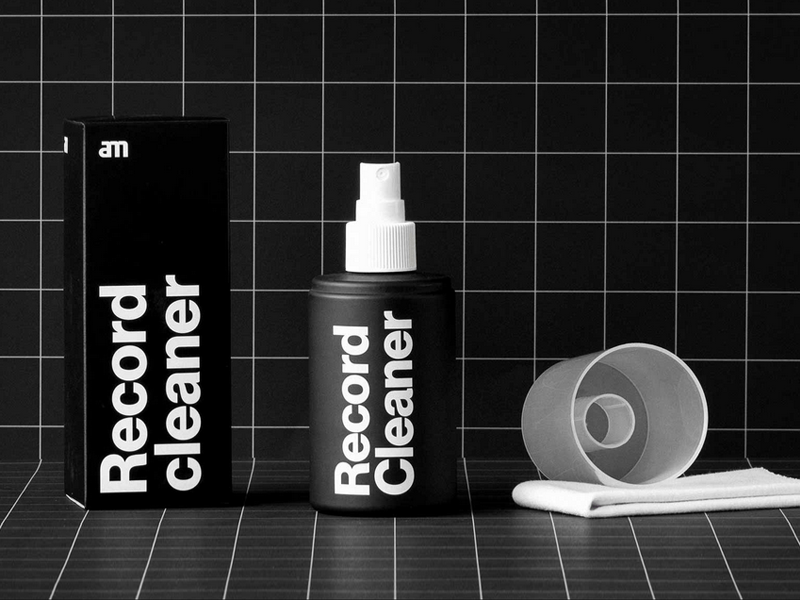
If you give your records some regular TLC, they’ll outlast your cassettes and CDs, and sound much nicer than Spotify































